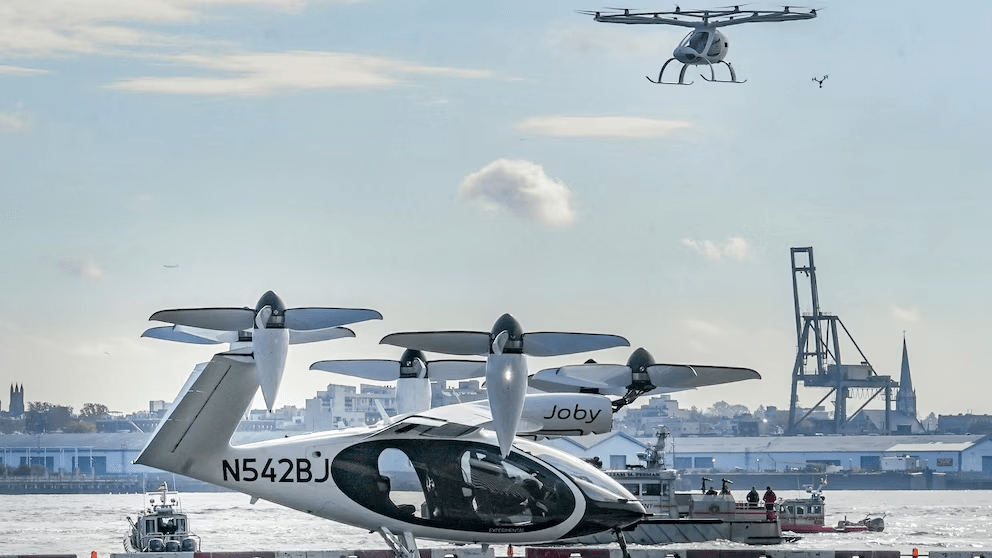The Federal Aviation Administration (FAA) has published long-awaited regulations for electric vertical takeoff and landing (eVTOL) aircraft, signaling what it calls the “air travel of the future.” The FAA aims to integrate these “powered-lift” vehicles safely and efficiently into U.S. airspace.
According to FAA administrator Mike Whitaker, this “historic rule” will support widespread advanced air mobility, introducing the first completely new aircraft category since helicopters emerged in the 1940s.
This new powered-lift category covers eVTOL aircraft, which take off and land vertically like helicopters and transition to forward flight using tilt rotors and fixed wings. Designed for diverse uses, these vehicles are expected to provide air taxi, cargo transport, and even rescue operations shortly. With companies like Joby Aviation, Archer, and Wisk planning commercial eVTOL services, the FAA’s comprehensive framework is a key step forward.

The final rules, published today, outline pilot training protocols, operational requirements, and standards for visibility and minimum safe altitudes. Whitaker emphasized that the FAA’s focus remains on safety while integrating “innovative technology and operations.”
As part of this, a new Special Federal Aviation Regulation (SFAR) will guide the certification and training of powered-lift instructors and pilots, compensating for limitations in traditional flight rules that do not address eVTOL’s unique flight capabilities.

This regulatory framework marks a significant development, especially following industry feedback on earlier drafts. While initial guidelines were seen as overly restrictive, the FAA’s revisions reportedly consider these concerns by balancing flexibility with high safety standards. Additionally, Congress has reinforced the FAA’s authority to regulate new aircraft categories, further supporting the agency’s efforts.

In addition to clarifying flight requirements, the rule enables pilots to train with a single set of controls, unlike previous dual-control mandates for helicopter training. The FAA also specified that helicopter operating rules will apply to certain phases of eVTOL flight, though the rules overall adopt a performance-based approach.
These regulations are a pivotal moment for eVTOL manufacturers, some of which, like Joby Aviation, expressed gratitude for the FAA’s early release of the rules. “The regulation published today will ensure the U.S. continues to play a global leadership role in the development and adoption of clean flight,” Joby’s founder, JoeBen Bevirt, stated.


